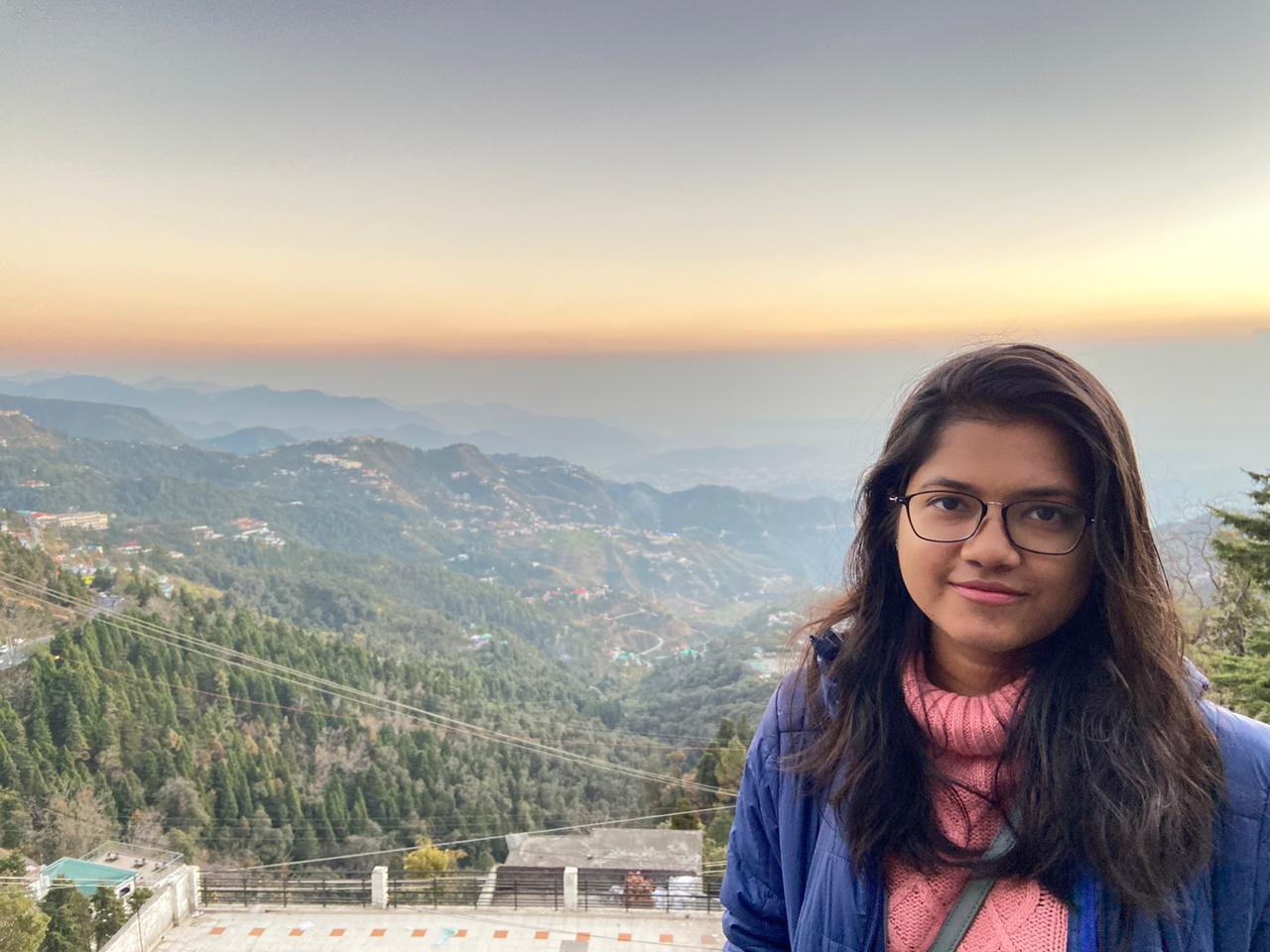Every year there are lakhs of aspirants who appear for the Union Public Service Commission (UPSC)’s Civil Service Examination (CSE) — most of whom are in the age group 26 to 28 years, with the average age being 26.9 years.
Simi Karan was all of 22 when she managed to clear the examination in her very first attempt, clinching an All India Rank (AIR) of 31.

Originally from Odisha, Simi spent her childhood in Bhilai, Chhattisgarh, where she studied at Delhi Public School. She speaks to The Better India about how to manage your study schedule and divide and conquer the vast UPSC syllabus.
1. Make good use of available resources and technology:
Simi speaks about a free online platform called Mrunal.org that she used extensively while preparing for the examination. “The website is very well designed and each topic is mentioned clearly and further divided into sub-topics as well. For example, if one were to start with history there are sub-topics like ancient, medieval, modern and world history. Each of these sub-topics is explained according to the syllabus and makes studying that much more methodical.”
2. Map the resources you have with the syllabus:
“It is most important for aspirants to be well-versed with the syllabus,” says Simi. The first exercise an aspirant must take time out for is to map the resources/content one has with the entire syllabus. Once done, Simi says that even while studying she would keep the syllabus before her. Explaining this, she says, “If I were studying climatology from Geography, I would have the official syllabus before me and also have the previous year’s question paper handy to have a fair understanding of what is likely to be asked.”
3. Use Google search effectively:
A simple Google search can usually throw up several resources and one can get confused about which one to pick. Simi has an easy solution to this and says, “Whenever you are searching for a topic specifically from the exam point of view, add the topic and UPSC in the search bar. So, if I were to look for some international treaty, I would add the name plus ‘UPSC’ while searching. I would then make my own notes from the top three resources that would show up.”
4. Divide the syllabus in proportion to the time you have:
“Dividing the syllabus for effective study is a personal choice. Having said that, one way to tackle the syllabus effectively is to work in tandem with the time you have until the prelims. If you started preparation nine months before the prelims, it would be advisable to spend six months preparing and three months in revision. So, divide the topics accordingly and prioritise according to your strengths and weaknesses.”
5. Revision also needs to be planned:
“Do not assume that your preparation ends when you complete the syllabus. Even revision requires meticulous planning,” says Simi. While revising make a mental note of all the often-asked questions and topics. Some examples are Articles of the Constitution and important and landmark judgements. “Making a list of such important topics is also beneficial for aspirants,” she adds.
6. Simi’s list of books and resources:
You can go through Simi’s blog where she lists out all the resources she used while preparing for the CSE. Click here to access the same.
Simi ends with a disclaimer in which she says, “When people ask how did you clear the exam? I can only tell them what worked for me and hence may work for you. But you must understand that every person is in a different situation and has different strengths. So, you can hear out everybody but finally come up with your own strategy.”
(Edited by Yoshita Rao)
No comments:
Post a Comment